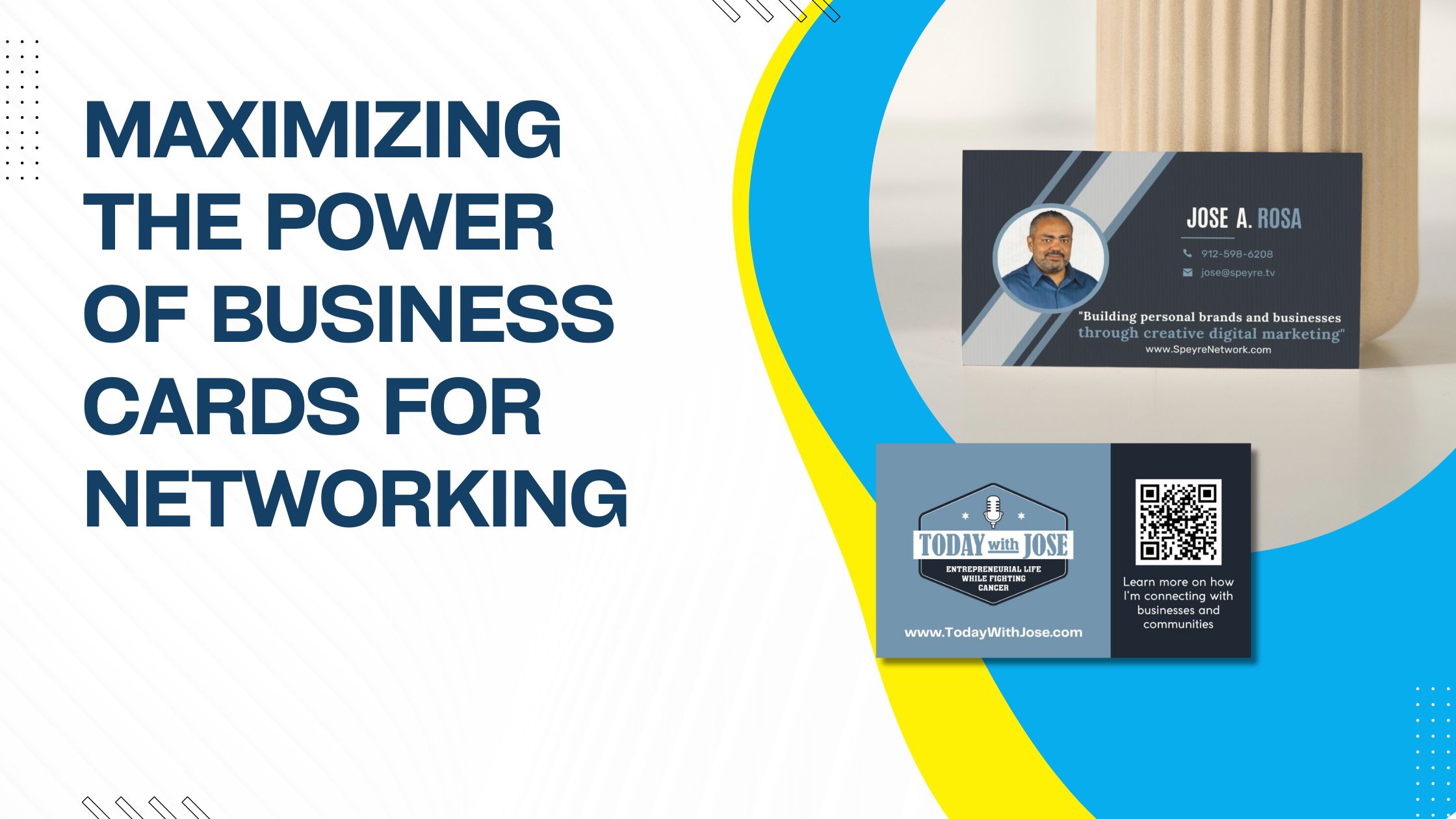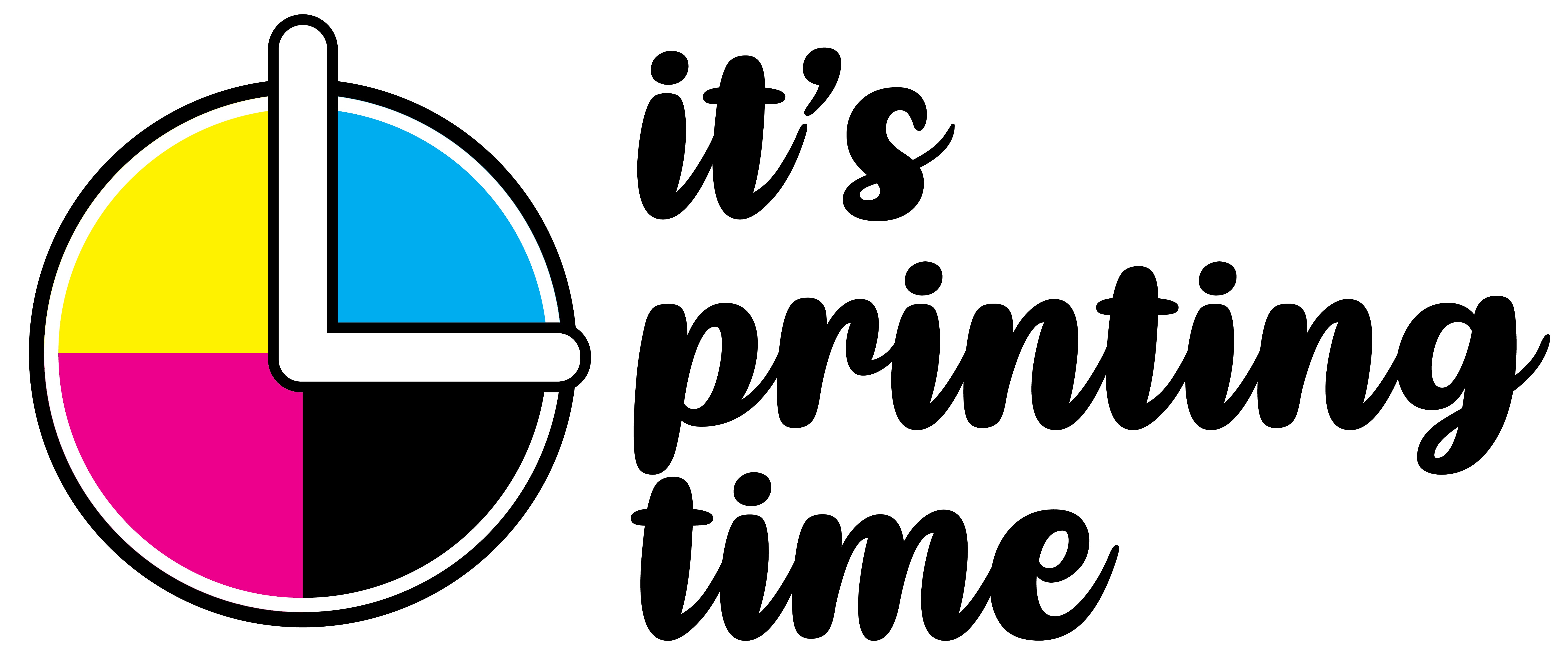
Maximizing the Power of Business Cards for Networking
As we gradually return to in-person business meetings and networking events, it’s important to remember the value of traditional marketing tools like business cards. Business cards remain an effective way to attract new business and grow your network.
In this article, we’ll explore how you can utilize a business card to effectively market yourself and your business in a post-pandemic world.
The Design of Your Business Card
The design of your business card is crucial. It’s important to create a card that reflects your brand and is visually appealing. Choose colors and fonts that match your brand and make sure your logo is prominently displayed. Remember, your business card is a reflection of your brand, so take the time to design it carefully.
The Content of Your Business Card
When it comes to the content of your business card, keep it simple. Include your name, job title, company name, phone number, email, and website. Resist the urge to overcrowd the card with too much information. Stick to the essentials that will help potential clients or partners get in touch with you.
Quality of the Material
Investing in high-quality materials for your business card is also important. A flimsy, poorly printed card can make a bad first impression. Consider using a thick cardstock with a matte or glossy finish that stands out from other business cards.
A Call to Action
Your business card should also include a call-to-action that encourages the recipient to take action. This could be visiting your website, scheduling a consultation, or following you on social media. By including a clear call-to-action, you can make sure your business card is not just collecting dust on someone’s desk.
Use the Back of Your Business Card
Don’t forget to use the back of your business card. This is valuable real estate that should not go to waste. Use it to showcase your products or services, or include a testimonial or quote that highlights your expertise.
When networking with others, use your business card as a tool to start conversations and build relationships. Offer your card and ask for theirs in return. Follow up with an email or phone call to continue the conversation and build a connection.
Finally, consider using a QR code on your business card to make it interactive. By scanning the code, potential clients or partners can be directed to your website, social media pages, or a specific product or service you offer.
In conclusion, as we return to in-person business interactions, it’s important to remember the value of traditional marketing tools like business cards. By following these tips, you can create a business card that effectively communicates your brand message and attracts new business opportunities.
